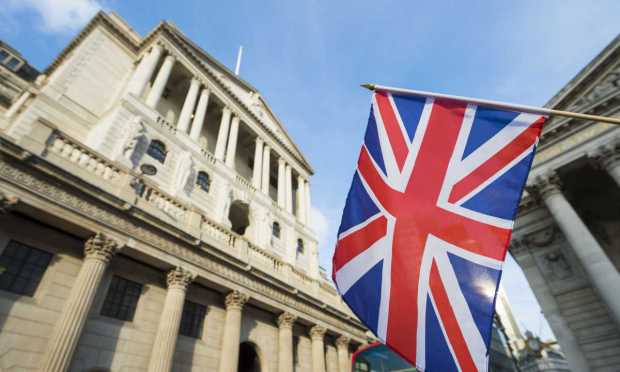UK Weighs More Protections for Uninsured Bank Depositors

British officials could reportedly allow uninsured depositors instant access to funds during banking failures.
The U.K. Treasury and Bank of England are discussing whether some money could be released upfront to allow for business continuity for the bank’s customers, Bloomberg News reported Thursday (April 27), citing government officials familiar with the matter.
Doing so, the officials said, would involve an assessment of how much money the depositors were likely to recover. Those funds would be covered by taxpayers, with the government recouping that loss by selling off assets from the bank.
These conversations are happening as regulators around the world are trying find a way to cope with bank runs in the wake of last month’s failure of Silicon Valley and Signature banks.
In the U.K., that’s meant considering improvements to the country’s approach to depositor payouts at smaller banks, Bank of England Governor Andrew Bailey said in a speech at the Institute of International Finance earlier this month.
“Our work has thus far focused on the speed of pay-outs,” Bailey said. “Going further and considering increasing deposit protection limits could have cost implications for the banking sector as a whole. As with all things relating to bank resolution, there is no free lunch.”
The central bank head added the U.K. must also weigh the appropriate liquidity buffers that will permit banks time to respond to problems.
“We can’t assume that, going forwards, the current answer on the total size of liquidity protection is the correct one,” he said. “We saw with Silicon Valley Bank that with the technology we have today — both in terms of communication and speed of access to bank account — runs can go further much more quickly.”
The Bloomberg report says that the Bank of England is also considering raising the amount of money insured by its deposit protection. While the U.S. standard is $250,000 in insurance, England’s threshold is 85,000 pounds (about $106,000).
As PYMNTS wrote last month, the U.S. $250,000 cap “is not actually set in stone,” as regulators can make a “systemic risk exception” where the FDIC lifts the ceiling.
The collapse of two banks, one right after the other, has led to a debate over “how to stop contagion in the banking sector, who’s protected and who’s not,” PYMNTS wrote.
“As it stands now, two banks were backstopped, and the actions of the government show that the cap could be raised, or even bypassed altogether. And yet the caps are still in place, which means that at least some deposits are not safe.”
For all PYMNTS EMEA coverage, subscribe to the daily EMEA Newsletter.

